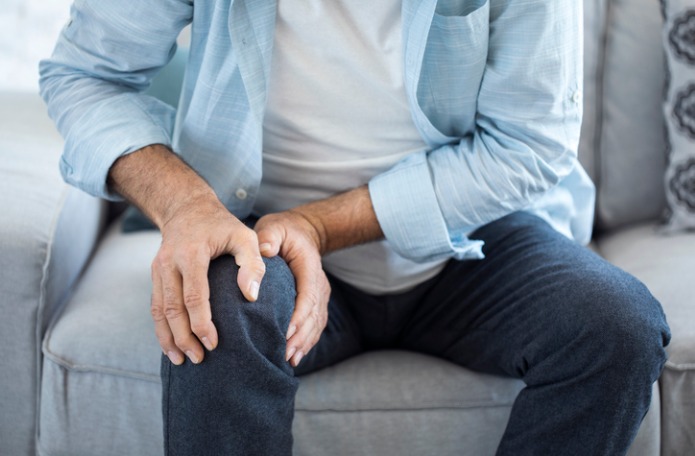May is National Arthritis Month! More than 54 million US adults have arthritis. Among adults with arthritis, 39 million are overweight or have obesity. Losing weight can ease arthritis pain and improves the quality of life of those living with arthritis, especially if they are overweight.
What is Arthritis?
Arthritis is an inflammation of the joints. There are over 100 different types, however the two most common types are osteoarthritis (OA) and rheumatoid arthritis (RA). The main symptoms of arthritis include: joint pain, stiffness, swelling, decrease in range of motion, and redness around the joint. With RA, additional symptoms such as loss of appetite, anemia, joint deformities (if left untreated), and fever might be present.
Causes of Arthritis:
- Cartilage is a connective tissue that protects joints by absorbing pressure when we move. A reduction in the normal amount of cartilage can cause some types of arthritis.
- RA is an autoimmune disorder that occurs when our body’s immune system attacks tissues of the body. These attacks affect soft tissues in joints that usually produces fluid that nourishes cartilage and provides lubrication. RA can eventually lead to destruction of the bone and cartilage inside of the joint.
- Normal wear and tear can cause OA. The risk of developing OA can be higher if there is family history of the disease.
Treatment Options:
The main goal of treating arthritis is to reduce the amount of pain and prevent further damage to the joints. Your physician may recommend a combination of treatment methods to acquire the best results. The following are some of the treatment methods most commonly used:
- Medications
- Surgery
- Physical Therapy
- Heating pads and ice packs.
- Cans or walkers to help take pressure off of joints.
How does weight affect Arthritis?
Being overweight increases the load put on your knee, hip, and ankle joints. Over time, this extra weight and pressure increases the risk of developing arthritis. One study shows that overweight and obese adults with knee osteoarthritis found that losing one pound of weight resulted in four pounds of pressure being removed from the knees. Losing just 10 pounds would take off 40 pounds of pressure from your knees. Taking off this pressure can help ease pain and lower inflammation levels in the body. For those who haven’t developed arthritis but are concerned about it, losing excess weight can significantly lower your risk. Research has shown that over 10 years, losing 10 pounds could reduce your risk of developing arthritis by more than 50%.
Adopting a healthy diet is essential for losing weight and maintaining a healthy weight. Certain foods such as fresh fruits, vegetables, fish, and nuts can help reduce inflammation in the body.
Establishing a regular exercise routine can help with weight loss and also helps to keep joints flexible. High-impact exercise, like running, jogging, and aerobics, can put too much stress on the joints, so if you are suffering from arthritis, doctors recommend against performing these activities. Instead, engage in non weight bearing forms of exercise, such as swimming, stationary bike, or elliptical. These types of activities place less pressure and stress on joints.
We at Blue Sky MD are here to assist you with losing weight and adopting a healthy diet and exercise lifestyle. Contact us today schedule an appointment with our wellness team.


